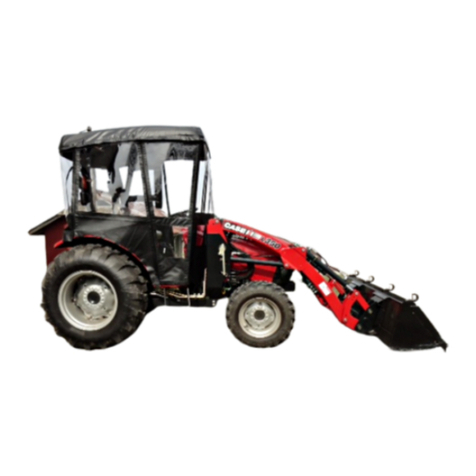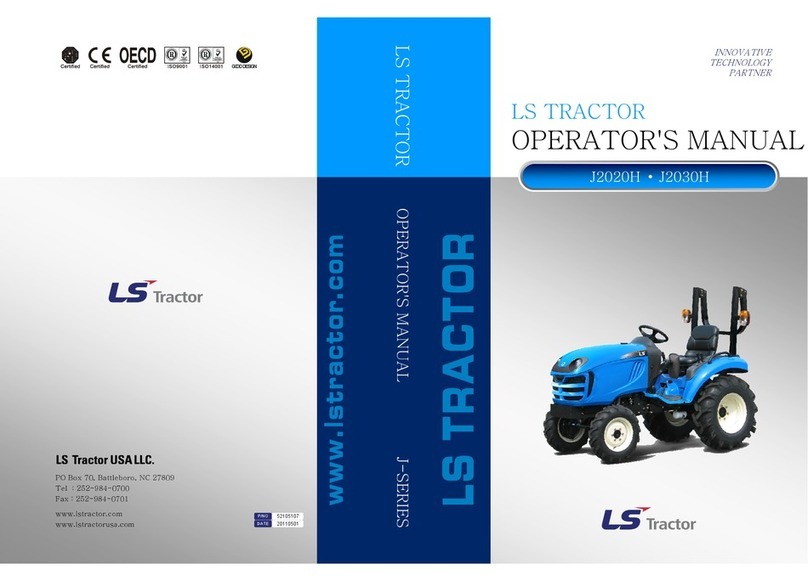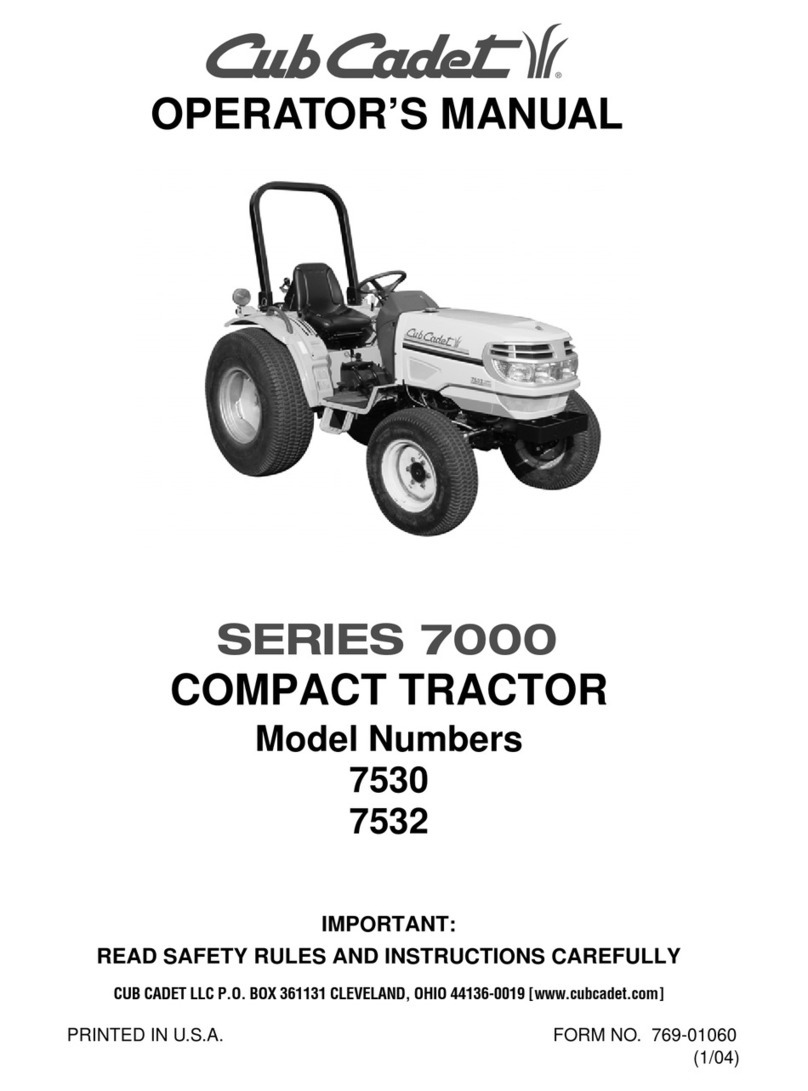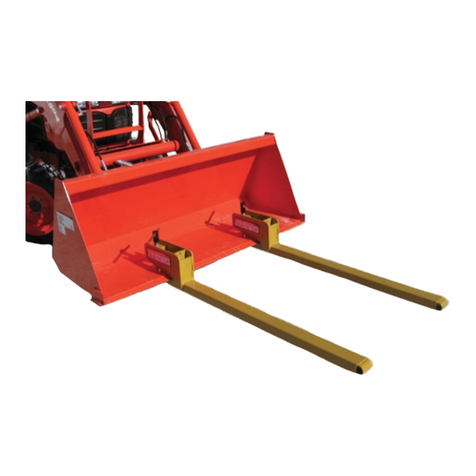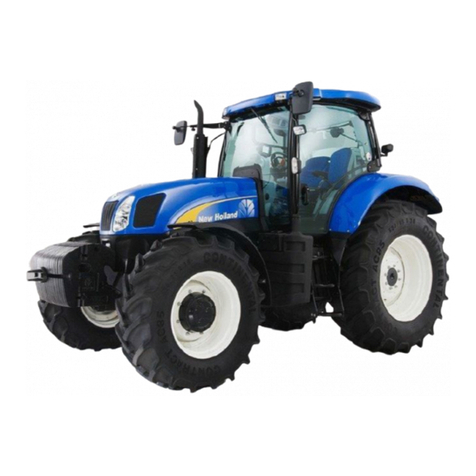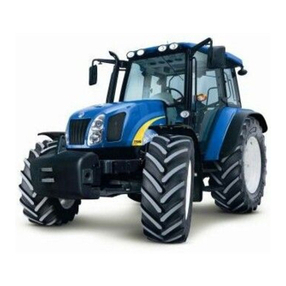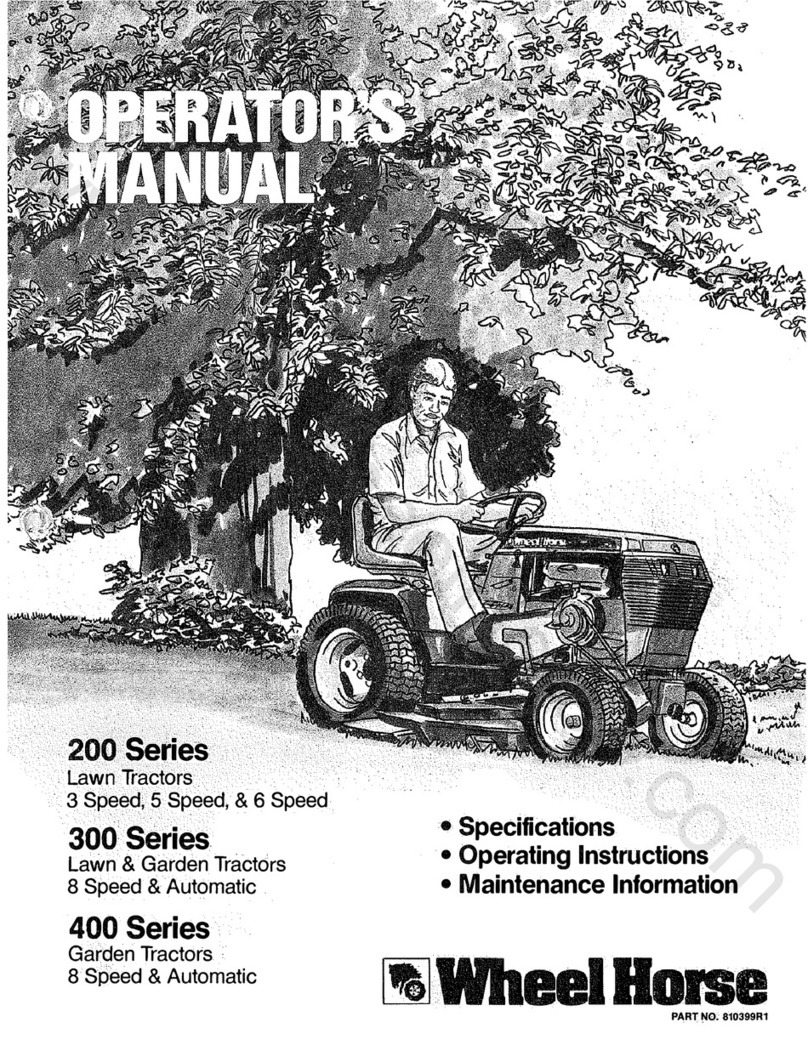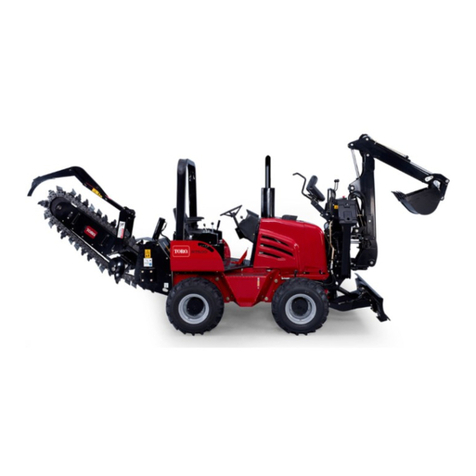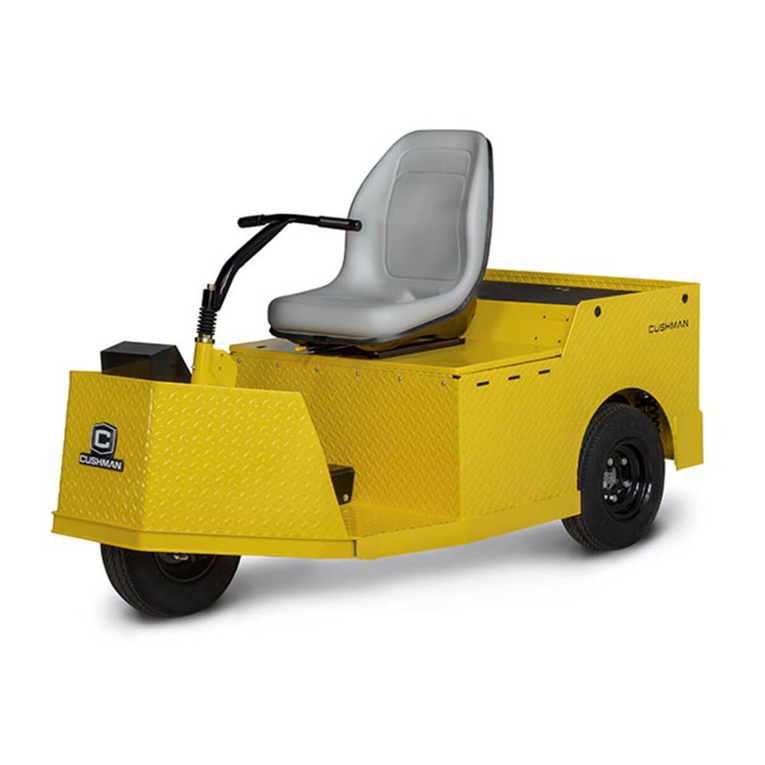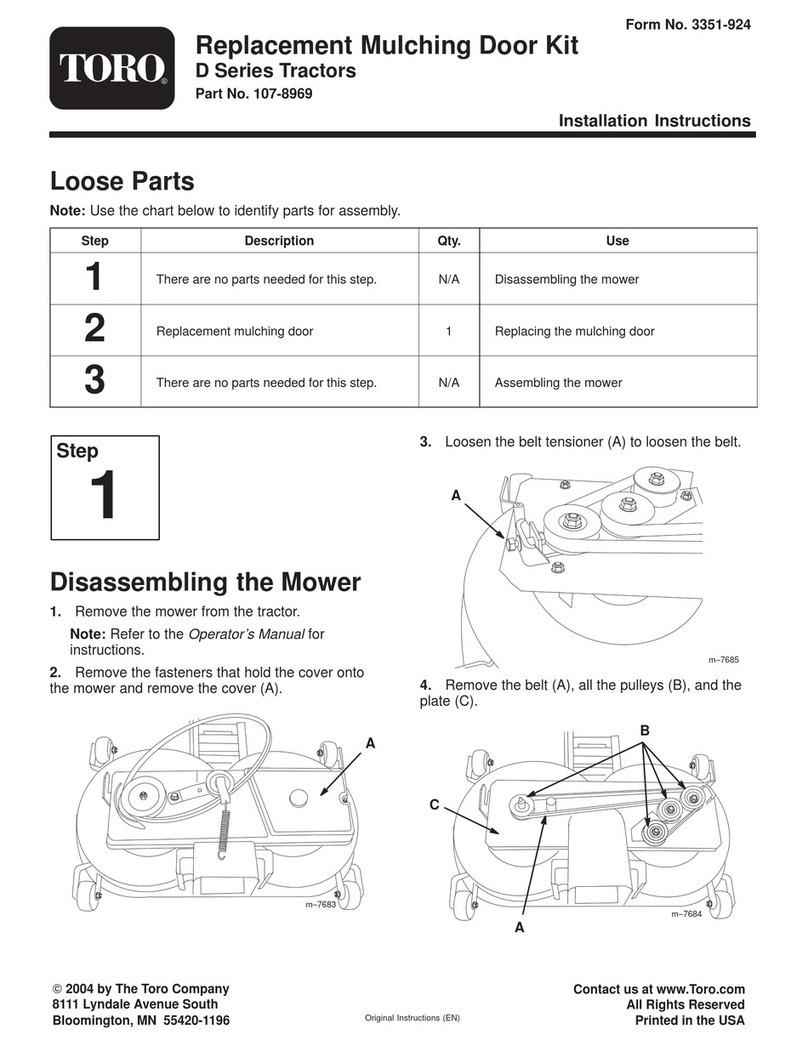AUTOCAR E-ACTT User manual

autocartruck.com
Document Number: AWE 00424 Rev. 001
Autocar E-ACTT™
Service Manual
First Responder Guide
2022


First Responders Guide
Important Notice
This Guide has been prepared by Autocar, LLC (“Autocar”) for reference and use by First
Responders who may be called to an accident or emergency involving an Autocar E-ACTT™
electric vehicle.
Autocar has exercised reasonable care and diligence to present accurate, clear and complete
information and instructions regarding emergency response to an Autocar electric vehicle.
This guide covers service of Autocar products as congured when they leave the factory. This
manual does not cover or apply to Autocar products that have been modied after leaving
Autocar’s factory. Autocar is not liable for any damage or failure of components added by a
body builder or any other modication company not contracted by Autocar, or the failure of
original components caused by any modication or alteration of the Autocar product.
Autocar, LLC
Center Point, Alabama, U.S.A.


AUTOCAR E-ACTT™FIRST RESPONDERS GUIDE
888-218-3611
AWE 00424 Rev. 001 1
SAFETY DEFINITIONS
The following safety indicators are used in this guide:
DANGER
DANGER indicates a hazardous situation which, if not avoided, will result in death or
serious injury or damage to equipment or other property.
The High Voltage Warning Label (Figure 1) alerts you to the potential presence of high
voltage. Use the correct PPE and follow all safety procedures when servicing this
component.
Figure 1
WARNING
WARNING indicates a hazardous situation which, if not avoided, could result in death
or serious injury or damage to equipment or other property.
CAUTION
CAUTION indicates a hazardous situation which, if not avoided, may result in minor or
moderate injury or damage to equipment or other property.
NOTICE
NOTICE
NOTICE is used to address practices not related to physical injury which, if not
complied with, may result in damage to equipment or other property.
SAFETY INSTRUCTIONS
Safety instructions (or equivalent) indicate specic safety-related instructions or
procedures.
Note: A note denes an operating procedure, practice, condition, etc., which is essential
to proper operation of the vehicle.

AUTOCAR E-ACTT™FIRST RESPONDERS GUIDE
888-218-3611 AWE 00424 Rev. 001
2
ELECTRIC VEHICLE (EV) IDENTIFICATION
The Autocar E-ACTT can be identied by the following:
• No fuel tank
• No exhaust/muer system
• Unique warning labels
• An “N” in the seventh position of the VIN
• Large rectangular battery boxes on each side of the frame behind the cab (Figure 2)
DANGER
If damage is present to either High Voltage Battery Box do not touch or come in
contact with any portion of the vehicle unless you are protected by the correct HV
PPE.
Figure 2

AUTOCAR E-ACTT™FIRST RESPONDERS GUIDE
888-218-3611
AWE 00424 Rev. 001 3
ELECTRIC VEHICLE (EV) RESPONSE
CONSIDERATIONS
In the event of damage, re, or ooding involving an electric vehicle:
• Always assume the high voltage (HV) battery and associated components are energized
and fully charged.
• Exposed electrical components, wires, and HV batteries present potential HV shock
hazards.
• Venting/o-gassing HV battery vapors are potentially toxic and ammable.
• Physical damage to the vehicle or HV battery may result in immediate or delayed release
of toxic and/or ammable gases and re.
• A HV battery in a ooded vehicle may have high voltage and short circuits that can shock
and cause res.
EMERGENCY RESPONSE INITIAL STEPS
Immobilize the Vehicle
1. Block the wheels
2. Set parking brake
3. Place vehicle into NEUTRAL (N)
The layout of the high voltage system is shown in Figure 3. Items in orange indicate high
voltage components and cables.
High Voltage
Lithium Ion Battery
High Voltage
Lithium Ion Battery
Motor
Inverter
Motor
MSD
MSD
BMS
PDU
12V
24V
Figure 3

AUTOCAR E-ACTT™FIRST RESPONDERS GUIDE
888-218-3611 AWE 00424 Rev. 001
4
DANGER
Never cut, breach or touch high voltage components or cabling. Doing so could result
is serious injury or death. High voltage cables are orange.
DANGER
When shutting done the high voltage system wait at least fteen minutes for the
complete discharge of high voltage capacitors.
DANGER
HV system shutdown procedure is designed to disable the vehicles HV system, not to
discharge the HV battery. THE BATTERY WILL REMAIN ENERGIZED.

AUTOCAR E-ACTT™FIRST RESPONDERS GUIDE
888-218-3611
AWE 00424 Rev. 001 5
High voltage components and cables are shown in orange in Figure 4 and Figure 5.
Componenets in ORANGE indicate HIGH VOLTAGE
LH
Battery
Pack
RH
Battery
Pack
SBOX
MSD
Plugs
Figure 4
Componenets in ORANGE indicate HIGH VOLTAGE
LH
Battery
Pack
SBOX MSD Plugs
Figure 5
WARNING
This vehicle does not have an internal combustion engine. Lack of noise does not
mean the vehicle is OFF.

AUTOCAR E-ACTT™FIRST RESPONDERS GUIDE
888-218-3611 AWE 00424 Rev. 001
6
DISABLE THE VEHICLE
High Voltage Disconnect Procedure
DANGER
Never cut, breach or touch high voltage components or cables while energized.
NOTICE
NOTICE
The high voltage system discharge procedure is designed to disable the vehicle HV
system, NOT to discharge the HV batteries. The batteries will remain energized after
this procedure is completed.
WARNING
This vehicle does not have an internal combustion engine. Lack of noise does not
mean the vehicle is OFF.
1. If vehicle is on, turn the vehicle ignition key o. Remove the key and secure away
from the vehicle. If the vehicle is tted with a LV battery cuto switch, turn it to the OFF
position and lockout.
2. Remove LV battery cover to get access to the battery terminals/circuit breakers.
• The battery cover is held in place by four wing nuts
• Remove the front two wing nuts completely
• Loosen the back two wing nuts and slide the cover o the vehicle
Top View
Loosen Inner
Remove Outer
Figure 6

AUTOCAR E-ACTT™FIRST RESPONDERS GUIDE
888-218-3611
AWE 00424 Rev. 001 7
3. Remove the cables from the top battery and press the red button on the circuit breaker.
Push RED Button to Disconnect 24V Power
Figure 7
4. If access to the battery terminals is not possible, cut the three 12V cables in the location
shown in Figure 8.
Cut these 3 cables to disconnect 12V power
Figure 8

AUTOCAR E-ACTT™FIRST RESPONDERS GUIDE
888-218-3611 AWE 00424 Rev. 001
8
If the Vehicle is Charging
• Turn the ignition switch to the OFF position, if possible.
• Disconnect the vehicle from the charging station. Some of the high-voltage components
are activated during charging. Remove the charging connector to deactivate these
components.
VEHICLE FIRE RESPONSE
Safety Hazards for Damage or Fire Involving an EV battery or EV
Vehicle:
If the re involves a lithium-ion battery, it will require large, sustained amounts of water for
extinguishment. If there is no immediate threat to life or property, consider defensive tactics
and allow re to burn out.
Note: To fully extinguish an EV battery re, 5,000 gallons or more of water may be
required.
• If there is active re, follow local procedures for vehicle res. Wear appropriate Personal
Protective Equipment (PPE) and Self Contained Breathing Apparatus (SCBA) at all times.
DANGER
First Responders must be approved to wear SCBA breathing apparatus.
• If occupants are still inside the vehicle or are trapped, use a CO2 or dry chemical re
extinguisher to protect the occupants until a hose line is available or until the occupants
are removed.
• Establish a secure perimeter around the vehicle.
• Use a hose line to apply water to extinguish the re while continuing to cool the HV battery
and its casing.
DANGER
Never attempt to penetrate the HV battery or its casing to apply water.
DANGER
Avoid contact with orange high voltage cabling and areas identied as high voltage
risk by warning labels.
• There is a potential for delayed ignition or re-ignition of a lithium-ion battery re even after
it is believed to be extinguished. This may remain an issue until the lithium-ion battery is
properly discharged.
• As with any vehicle re, the by products of combustion can be toxic and all individuals not
properly trained, dressed, and equipped to ght the re should be directed to leave the
area upwind and uphill from the vehicle re and out of the way of oncoming trac.

AUTOCAR E-ACTT™FIRST RESPONDERS GUIDE
888-218-3611
AWE 00424 Rev. 001 9
DANGER
Always assume the high voltage battery and associated components are energized
and fully charged.
• Exposed electrical components, wires and high voltage batteries present potential high
voltage shock hazards.
• Venting/o-gassing high voltage battery vapors are potentially toxic and ammable.
• Physical damage to the vehicle or high voltage battery may result in immediate or delayed
release of toxic and/or ammable gases and re.
• If you detect leaking uids, sparks, smoke, ames, increased temperature, gurgling,
popping or hissing noises from the high voltage battery compartment, ventilate the area if
possible.
Small Battery Fire (battery only, not in vehicle)
• Remove all jewelry, watches, necklaces and earrings. Remove any metal objects that are
conductors of electricity.
• Wear the necessary PPE. Wear safety glasses, electrical insulated gloves with leather
gloves, face shield, and apron.
• Put on SCBA breathing apparatus.
• If at all possible:
• If the vehicle is charging, shut o and disconnect the battery from the charger.
• Remove the battery and move it outdoors to burn out.
• For best result use a foam extinguisher:
• CO2
• ABC dry chemical
DANGER
First Responders must be approved to wear SCBA breathing apparatus.
CAUTION
Be alert. There is a potential for delayed re with damaged lithium-ion batteries.
Electrical Shock Rescue
• Wear protective equipment such as high-voltage gloves, if available.
• Stand on a clean, dry surface, or stand on a dry rubber blanket or other insulating material.
• Identify the electrical source and disconnect the energy.
• Separate the victim from the source. If the electricity has not been shut o, do not touch
the victim, even with a non-conducting instrument. Once you are sure there is no current,
use a Safety Rescue Hook to separate the victim from the source.

AUTOCAR E-ACTT™FIRST RESPONDERS GUIDE
888-218-3611 AWE 00424 Rev. 001
10
First Aid Procedures
• In case of contact with electrolyte, gases, or combustion by-products from a lithium-ion
battery release, the following rst aid measures should be considered:
• EYES: Immediately ush eyes with a direct stream of water for at least 15 minutes with
eyelids held open, to ensure complete irrigation of all eye and lid tissue. Get immediate
medical attention.
• SKIN: Flush with cool water or get under a shower, remove contaminated garments.
Continue to ush for at least 15 minutes. Get medical attention, if necessary.
• INHALATION: Move to fresh air. Monitor airway breathing and circulation. Take
appropriate rst aid and/or CPR actions, as necessary. Get immediate medical attention
EV WATER SUBMERSION
Damage to or deterioration of the HV system components may not be evident when the vehicle
is submerged.
Water intrusion can damage all electrical components regardless of system voltage.
DANGER
Never come in contact with a submerged EV or the water surrounding it without
proper PPE. Electrocution resulting in serious injury or death may result.
Handling a submerged truck without appropriate Personal Protective Equipment (PPE) may
result in serious injury or death due to electric shock.
Avoid any contact with the traction motor high voltage cables and electrical components.

AUTOCAR E-ACTT™FIRST RESPONDERS GUIDE
888-218-3611
AWE 00424 Rev. 001 11
EV VEHICLE TOWING AND STORAGE
Towing Procedures
The preferred method is to tow the vehicle with the rear wheels suspended. If towed with the
rear wheels on the ground, the driveshaft must be removed between the traction motor and
rear axle.
CAUTION
Failure to remove the driveshaft or axle shafts prior to towing may result in damage to
the traction motor.
The Autocar E-ACTT vehicle may be towed a short distance to remove it from a roadway.
To guarantee oil supply in the traction motor, the ignition must be switched on and the range
selector in NEUTRAL (N). If the power cannot be supplied to the traction motor, do not tow
without removing the driveshaft or axle shafts.
NOTICE
NOTICE
Advise the tow truck operator that re-ignition of a re is possible at any time with a
damaged high voltage system. If possible, use a thermal or infrared camera to verify
the HV batteries are cold before towing the vehicle.
CAUTION
The maximum towing speed with the driveshaft attached and the ignition in the ON
position with the specied tire size in the forward direction are as follow:
11R22.5 Tire Size
Final Drive Ratio Max Towing Speed
6.14 30 mph
7.17 25 mph
10.62 15 mph
CAUTION
The maximum towing speed with the driveshaft attached and the ignition in the ON
position with the specied tire size in reverse direction are as follow:
11R22.5 Tire Size
Final Drive Ratio Max Towing Speed
6.14 5 mph
7.17 4 mph
10.62 3 mph

AUTOCAR E-ACTT™FIRST RESPONDERS GUIDE
888-218-3611 AWE 00424 Rev. 001
12
Damaged EV Vehicle Storage
Damaged vehicles should be isolated outdoors until inspected. Separate the vehicle from all
combustibles and structures by a distance of at least 50 ft (15 m). Open windows and doors
during isolation to avoid the potential accumulation of gases in the cab.
If possible, remove the HV batteries from the vehicle and store them outside away from any
combustible materials.
Refer to the “Autocar E-ACTT Safety Service Manual - AWE 00400” for more information.

Index
Disable the Vehicle ..................................................................................................................6
Primary Procedure............................................................................................................................ 6
Alternate Procedure (if ignition switch is inaccessible)..................................................................... 7
If the Vehicle is Charging.................................................................................................................. 8
Electric Vehicle (EV) identication ...........................................................................................2
Electric Vehicle (EV) Response Considerations ......................................................................3
Emergency Response Initial Steps..........................................................................................3
Immobilize the Vehicle...................................................................................................................... 3
EV Vehicle Towing and Storage.............................................................................................11
Towing Procedures ..........................................................................................................................11
Damaged EV Vehicle Storage ........................................................................................................ 12
EV Water Submersion ...........................................................................................................10
Safety Denitions.....................................................................................................................1
Vehicle Fire Response.............................................................................................................8
Safety Hazards for Damage or Fire Involving an EV battery or EV Vehicle: .................................... 8
Small Battery Fire (battery only, not in vehicle) ................................................................................ 9
Electrical Shock Rescue................................................................................................................. 10
First Aid Procedures ....................................................................................................................... 10
Document Number: AWE 00424 Rev. 001
Copyright © 2022 Autocar, LLC
All rights reserved. No part of this publication may be reproduced, stored in a retrieval system
or transmitted in any form by any means - electronic, mechanical, photocopying, recording or
otherwise - without the prior written consent of Autocar.
Trademarks
The names, logos, emblems, slogans, vehicle model names, and vehicle body designs
appearing in this manual including, but not limited to, AUTOCAR, AUTOCAR ALWAYS UP,
AUTOCAR SOLUTIONS, AUTOCAR E-ACTT and the AUTOCAR ALWAYS UP logo are
registered trademarks, trademarks and/or service marks of Autocar, LLC, its aliates, or
licensors.
Wabco™, Wabco OnGuard™, Wabco OnSide™, Wabco ToolBox™ and CeTrax™ are
trademarks of ZF Friedrichshafen AG.



Printed In U.S.A.
Autocar, LLC
4680 Pinson Valley Parkway
Center Point, Al 35215
www.autocartruck.com
© Autocar, LLC 2022
Document Number: AWE 00424 Rev. 001
Table of contents
